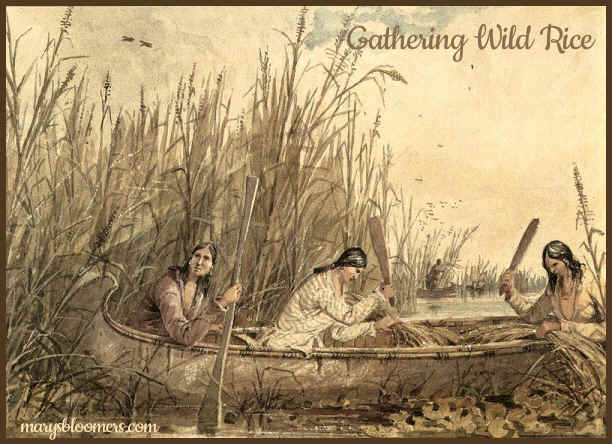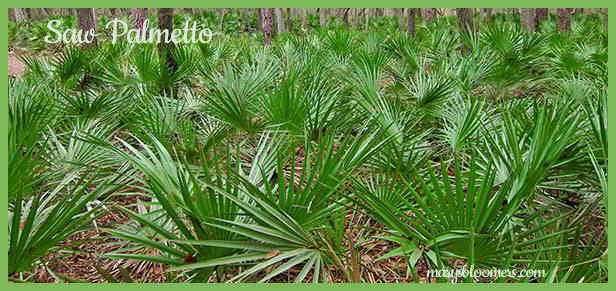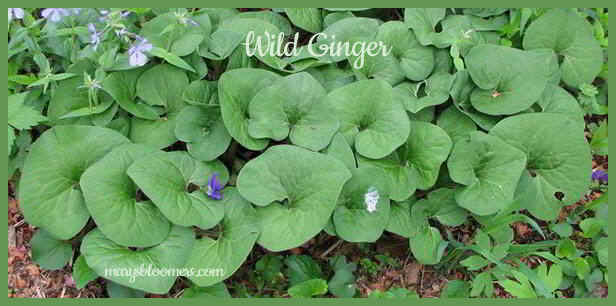|
|
||||||
|
The traditional Native American diet consisted of
a healthy To know what you can grow in a traditional Native American theme garden, you only need to read about what the ancients grew, what they ate, and how they cooked it. The list of crops used in Native American cuisine is quite large. Chances are good that you already grow and cook with some of these plants. It would be worthwhile to learn a little bit about recipes, and then grow unique and interesting crops that can be used in them.
Native American cuisine includes all cuisines and food practices of the indigenous peoples of the Americas. Contemporary Native peoples retain a varied culture of traditional foods, along with the addition of some post-contact foods that have become customary and even iconic of present-day Native American social gatherings (for example, frybread). Foods like cornbread, turkey, cranberry, blueberry, hominy and mush have been adopted into the cuisine of the broader United States population from Native American cultures. The Jerusalem artichoke is a perennial sunflower that has edible tubers. Native Americans ate them mashed like potatoes. It was also used as a thickening agent in soups and stews. They were grown along dry river bottoms, and in fertile loam soils, so that the tubers were easy to dig up once mature. They are still grown today in the northern third of the United States.
Wild RiceWild rice was an important part of the American Indian diet. It was grown in Wisconsin, Minnesota and parts of the Great Lakes. Wild rice needs three to eight feet of water to grow in. It depends on consistency in the weather and water levels in order to survive. With extreme climate change an ever-present threat, rice crops will be at risk. Native American women would go into the water several
weeks before the rice was ready to be harvested. They would tie the rice
into small sheaves, which kept the rice kernels from falling into the
water once they ripened. There are over 500 currently recognized Native American tribes in the US alone, and Native American cuisine can vary significantly by region and culture. North American Native cuisine differs from Southwestern and Mexican cuisine in its simplicity and directness of flavor. The use of ramps, wild ginger, miners' lettuce, and juniper berry can impart subtle flavours to various dishes. Eastern Native American Cuisine The essential staple foods of the Indigenous peoples of the Eastern Woodlands have traditionally been corn (known as maize), beans, and squash, known as "The Three Sisters" because they were planted inter-dependently: the beans grew up the tall stalks of the corn, while the squash spread out at the base of the three plants and provided protection and support for the root systems. Maple syrup is another essential food staple of the Eastern Woodlands peoples. Tree sap is collected from sugar maple trees during the beginning of springtime when the nights are still cold. Birch bark containers are used in the process of making maple syrup, maple cakes, maple sugar, and maple taffy. When the sap is boiled to a certain temperature, the different variations of maple food products are created. When the sap starts to thicken, it can be poured onto the snow to make taffy. The Wabanaki tribal nations and other eastern woodlands peoples have made nut milk and infant formula made from nuts and cornmeal. Since the first colonists of New England had to adapt their foods to the local crops and resources, the Native influences of Southern New England Algonquian cuisine form a significant part of New England cuisine with dishes such as cornbread, succotash and Johnnycakes, and ingredients such as corn, cranberries and local species of clam are still enjoyed in the region today. To Learn About The Three Sisters Companion Plant Gardening Method, visit this page
The Food and The Crops : Big List Of Vegetables, Fruits, Herbs and Culinary Ingredients These crops and uses cover all regions and
groups of Native American peoples. A valuable guideline
to foods that are obviously non-toxic, and those that are still grown or
foraged today.
|
|
Medicinal Herbs and Remedies Grown In A Native American Garden Important:
This following is a list of plants
for a garden theme, not a medical recommendation or advice to use them. Native Americans are renowned and respected for their medicinal plants and healing knowledge. It is said they first started using plants and herbs for healing after watching animals eat certain plants when they were sick. In order to protect these plants from over-harvesting, the medicine man picked only every third plant he found. Indigenous peoples believed that some illnesses were life lessons that the person needed to learn, and that they shouldn’t interfere. Many modern remedies and medicines are based on the Native American knowledge of the different plants and herbs they used for thousands of years. These plants and herbs were used frequently.
Blackberry This plant was an important plant for healers because of its many unusual medicinal uses. It treats bone weakness, muscle weakness and tension, loose teeth, memory loss, and rheumatism. It can also be used as a sedative. It has an overall rejuvenating effect on the body. The leaves and the root bark can also be used as an antibiotic. If made into a poultice, it helps reduce swelling and treats pain. Sumac Rosemary Mints
Yarrow (Achillea) Red Clover Black Gum Cattails
Hummingbird Blossom (Buck Brush) Mullein Wild Roses Honeysuckle
Saw Palmetto Sage
Wild Ginger Prickly Pear Cactus Slippery Elm
Lavender Devil's Claw Uva Ursi
|
|
Mary's Recommended
Reading List |
||||||||||||||||||||||||||||||
|
Traditional Native American Three Sisters Companion Garden---> Native American Medicine Wheel Gardens-->
Quick Links |
||||||||||||||||||||||||||||||
|
||||||||||||||||||||||||||||||



















